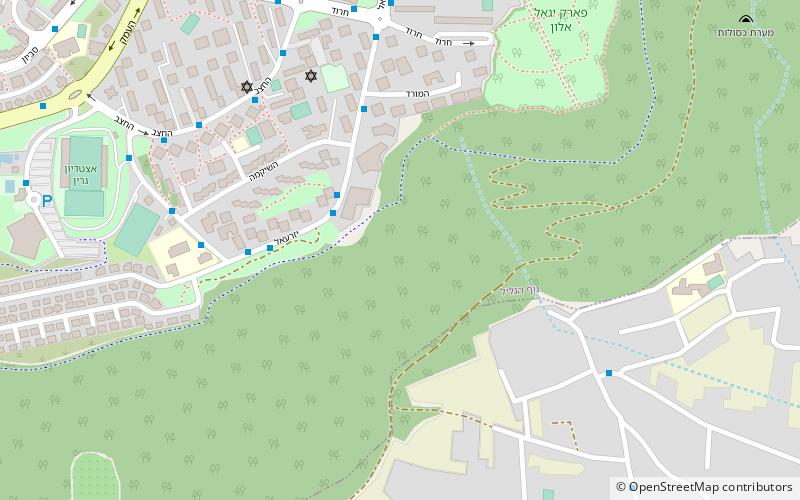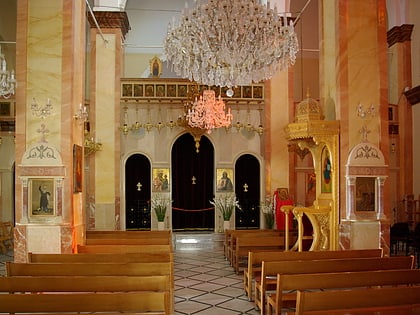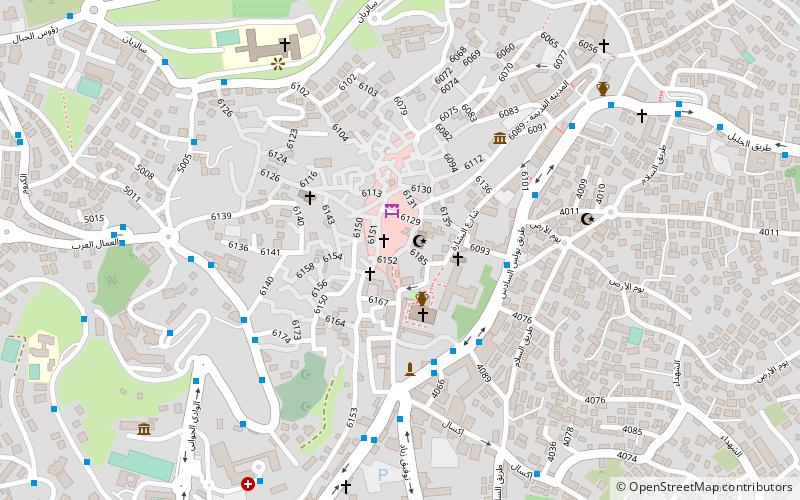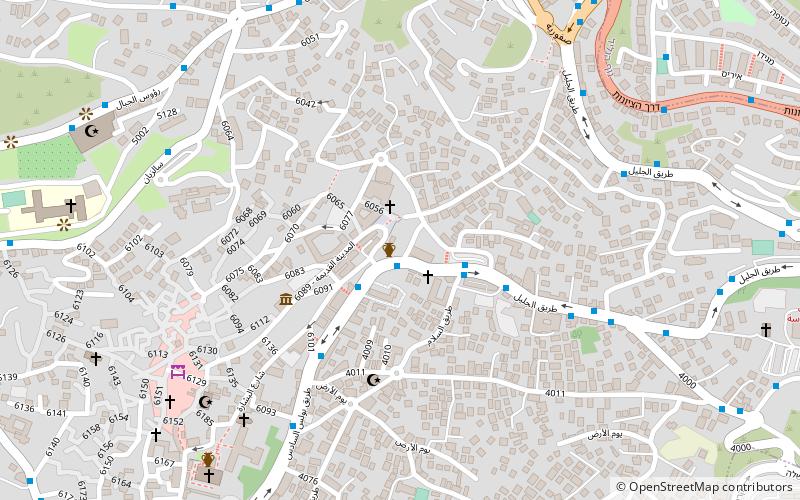Qafzeh cave, Nazareth

Facts and practical information
Nestled in the hills surrounding the city of Nazareth, Israel, the Qafzeh Cave is a prehistoric site of significant anthropological interest. Discovered in 1933, this cave has yielded a treasure trove of archaeological finds, most notably a series of human skeletal remains that have shed light on early human occupation of the Levant region.
The cave, which is situated 212 meters above sea level, became a focal point for researchers following the uncovering of the skeletal remains of at least 27 individuals, believed to be of Homo sapiens sapiens. These remains have been dated to around 90,000 to 120,000 years ago, placing them among the earliest modern human fossils found outside Africa. The discovery of these remains has been pivotal in understanding the migration patterns of early humans, supporting the theory that there was an early dispersal of Homo sapiens out of Africa, predating the main out-of-Africa migration event.
The Qafzeh Cave has also provided archaeologists with a wealth of artifacts, including stone tools, animal bones with cut marks, and ochre, which suggest that the site was used repeatedly, possibly on a seasonal basis. These findings indicate that the inhabitants had complex social structures and cultural practices, such as burial rituals; the ochre was likely used for symbolic purposes, possibly relating to these rituals.
In the broader context of human evolution, the Qafzeh Cave findings have challenged the previous Eurocentric models, which posited that modern human behavior originated in Europe. Instead, the evidence from Qafzeh and other sites in the region suggests that many aspects of modern human behavior developed in the Middle East and Africa.
Nazareth
Qafzeh cave – popular in the area (distance from the attraction)
Nearby attractions include: Basilica of the Annunciation, St. Joseph's Church, Mount Precipice, White Mosque.
Frequently Asked Questions (FAQ)
How to get to Qafzeh cave by public transport?
Bus
- Nazareth Central Station (37 min walk)










